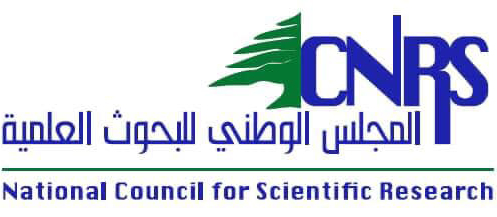Storm hazard mapping was already conducted and done. Records on storms since 1980 were collected from the High Relief Council (HRC), Desinventar, and the automated database Natural Hazard collector established by NEWSP. These records were categorized and assigned to the seven micro-climatic zones which Lebanon is divided into. The temperature, precipitation, and wind speed during each recorded event were collected from 57 meteorological stations. Thus, compared to the average temperature, precipitation, and wind speed of each micro-climatic zone, every event could now be given intensity. After that, calculations were made to obtain the frequency of occurrence of each event. Low frequency of occurrence was taken for 10 years of exceedance, medium frequency for a period of 5 years, and high frequency for a one-year period.
Climate change has considerably increased the occurrence of climate and weather extremes events, including heat waves, heavy precipitation, floods, and droughts, in Lebanon. Four major storms have faced Lebanon since the beginning of this year, and have caused many agricultural damages, breaking into homes, shops and warehouses, collapses in buildings and roads, sinking cars and car accidents. Other than economical losses and the destruction of facilities, the storm events have led also to many injuries and village isolation. Therefore, the livelihoods have shown a high vulnerability towards those extreme climatic events. Here comes the necessity in assessing storms for ensuring the safety and well-being of communities, minimizing damage, and facilitating effective response and recovery efforts. Thus, NEWSP is working closely to achieve these goals.
Climate change has considerably increased the occurrence of climate and weather extremes events, including heat waves, heavy precipitation, floods, and droughts, in Lebanon. Four major storms have faced Lebanon since the beginning of this year, and have caused many agricultural damages, breaking into homes, shops and warehouses, collapses in buildings and roads, sinking cars and car accidents. Other than economical losses and the destruction of facilities, the storm events have led also to many injuries and village isolation. Therefore, the livelihoods have shown a high vulnerability towards those extreme climatic events. Here comes the necessity in assessing storms for ensuring the safety and well-being of communities, minimizing damage, and facilitating effective response and recovery efforts. Thus, NEWSP is working closely to achieve these goals.

